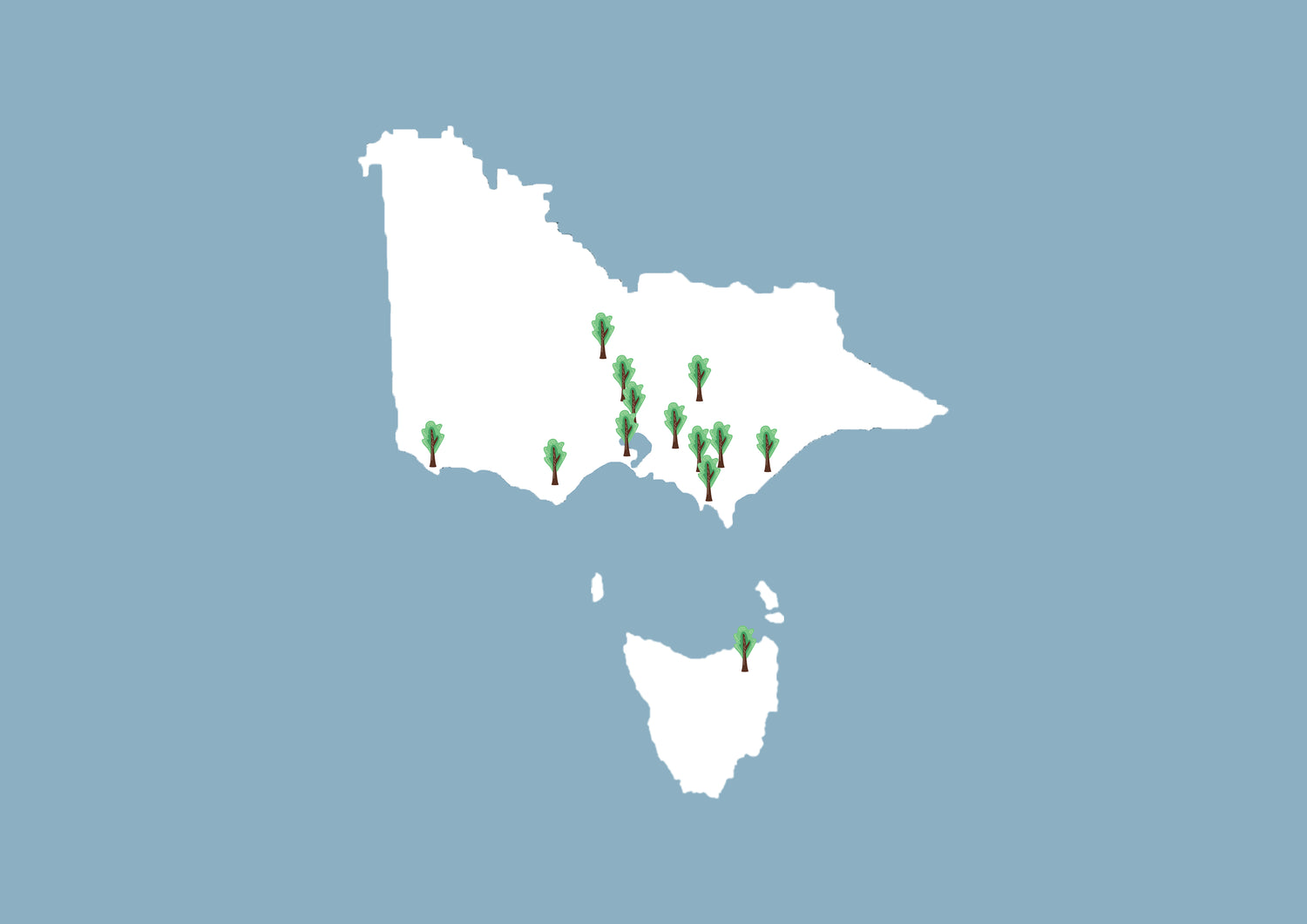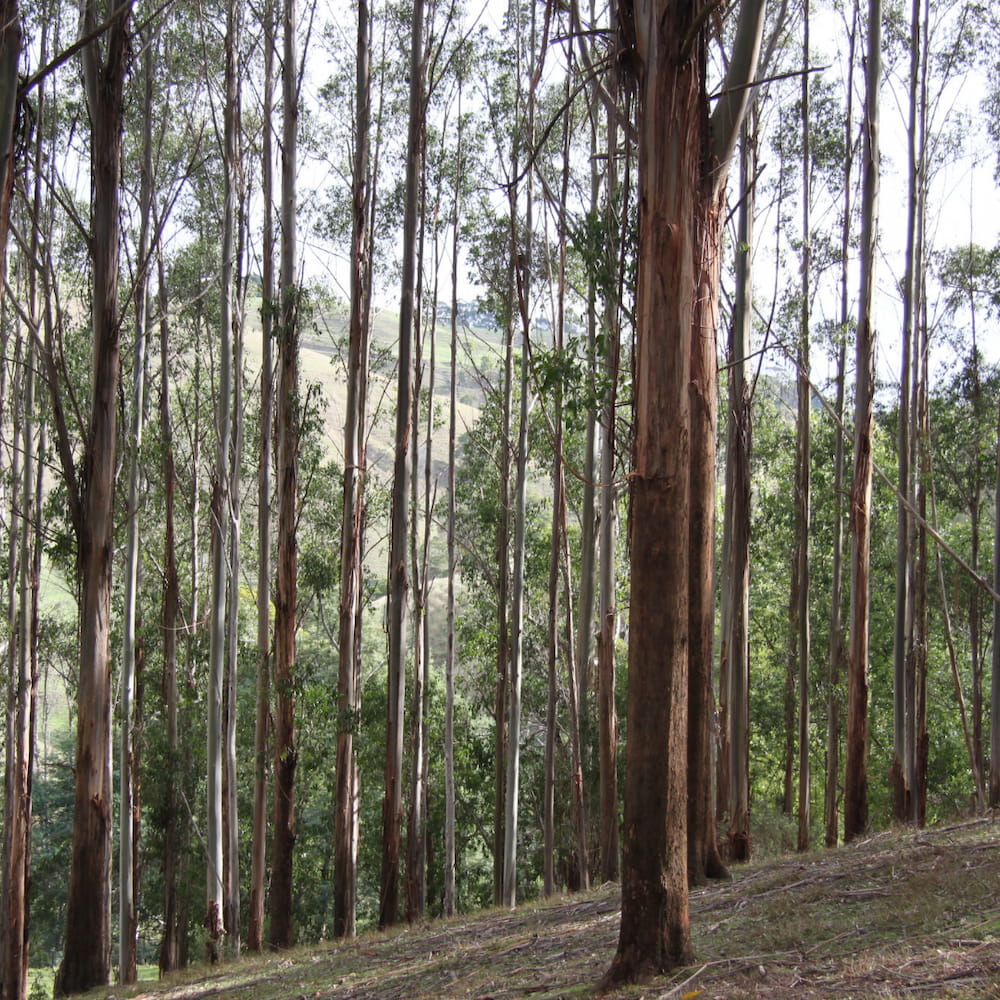

Timber Selection Criteria
Transparency and clarity around the timber we sell is the foundation of our social enterprise. Our ethos in selecting timber is clear and simple:
We provide a market for timber that promotes well managed land, forests and trees, as well as a market for timber that would otherwise go to waste.
We work closely with suppliers and millers across Victoria and Tasmania.
“CERES Fair Wood is exactly what Australia needs - a circular economy business that can convert our colossal timber waste streams into valuable resources. This practical, jobs generative business provides a living example of how we can transition the timber industry to circularity. On top of proving regenerative practices for positive impact, CERES also provides a template for a future forestry sector.”
Lisa McLean CEO, Circular Australia
Agroforestry is an ancient practice, rooted in the traditions of Indigenous communities worldwide.
By growing trees and shrubs alongside crops or livestock, agroforestry mimics natural forests, enhancing ecological health and improving agricultural productivity.
In Australia, agroforestry offers an opportunity to reverse environmental degradation that have devastated ecosystems and First Nations communities. Reforesting cleared land sinks carbon dioxide, mitigating the impacts of climate change.
One of our agroforestry partners, Rowan Reid, has written an exceptional book about the art and science of growing trees. This provides insight into his experiences managing an agroforestry farm in Victoria's Otways region.
You can find 'Heartwood' at our online store.
No, our timber does not have FSC certification. But when it comes to ecological restoration and environmental protection, that's the very foundation of what we do!
CERES Fair Wood began in 2018 from architect Paul Haar's idea to connect farmers with small quantities of plantation timber to environmentally conscious end users in the city - A short supply chain with low embodied emissions.
We operate with a strict selection criteria, as outlined above. For every stick of timber, we can tell our customers the story behind where it came from, whether salvaged or sensitively selected for harvest from farm plantations.
Certification or not, we can guarantee our timber is ethically and sustainably sourced.
While we believe that it is possible to manage Australian native forest resources sustainably and to produce timber from them at the same time, there is significant evidence to suggest this is not occurring in many areas (The Conversation, The Guardian and PNAS). As the context and provenance of logs from these forests can be difficult to confirm when provided to sawmillers, we do not generally accept timber from these sources.
We may in the future accept timber from specific state managed forests when we can verify both the sustainable management of the forest and the provenance of the logs delivered to the sawmill.





